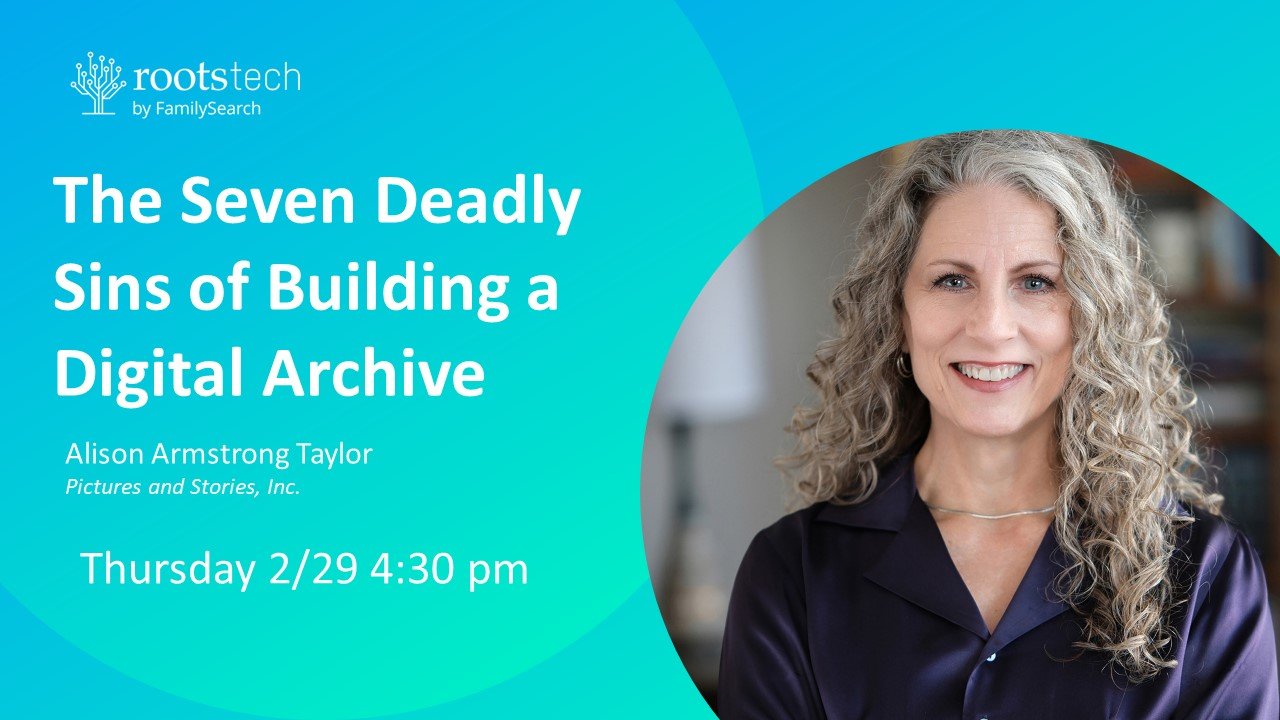“Especially in today’s age, when everything’s about telling your own story, everything’s about putting out your own stuff and getting noticed and getting attention—I think the one thing that is in short supply is listening itself.”
Having been fans of Humans of New York nearly since its beginning, we were excited to have the opportunity to interview the celebrated photojournalist prior to his coming to Salt Lake City as the keynote speaker for the opening session of next week’s RootsTech family history conference. Since Brandon started his Facebook page in 2010, he has amassed 20 million social media followers and published two New York Times best selling books: Humans of New York and Humans of New York: Stories. He now travels around the world listening to people and capturing their stories. We caught up with him by telephone while he was in the Philippines.
Even on the telephone from half a world away, we were captivated by Brandon’s energy and absolute sincerity. We could instantly understand why this young man is so successful at drawing intimate stories out of complete strangers.
Brandon began his adventure in 2010 when he lost his job as a bond trader in Chicago. He bought a camera and moved to New York City with the intent to take photos of 10,000 people. He survived on unemployment checks and borrowed from family and friends to pay the rent while he posted his photos to a Facebook page. He initially viewed himself mainly as a photographer, taking thousands of photos before he started interviewing his subjects. He began adding brief captions and quotes to the photos. Eventually his photo sessions turned into in-depth interviews, often lasting an hour or more.
“I realized that the picture was kind of an excuse to get into an interaction with these people and that the conversations … were more interesting and meaningful than the photos themselves, both to me, the person I was interviewing, and the audience. … The heart of it is not the photo, it’s not the story, it’s not any of the editorial. The real heart of the work, and I think the power of it, is in that interaction on the street.
“The power of it is the listening….The picture is an excuse to listen and the listening is what provides validation.”
Brandon said that people don’t necessarily think their story is that interesting or epic, but “they are eager to share because they are not used to having somebody take such an intense interest.”
The theme for this year’s RootsTech conference is “Connect and Belong.” What can we, in our own families and neighborhoods, learn from Brandon’s experience that would help us to find out more about those close to us? How can we get our own family members to open up and share their intimate stories with us?
“Ironically and unexpectedly, the fact that I don’t know these people makes them more comfortable to be able to talk about their problems, because I don’t know their history. I don’t come up to them with this backlog of judgments about them, this knowledge of their experience. I’m a completely blank slate. And because of that, they can share things without feeling that they’re being judged in a way that might be difficult to share with somebody that is close to them.
“In our homes and relationships there is a lot of small talk. We are barely keeping our heads above water. How are we going to pay the bills, how are we going to get the kids to school? We are so pressed with so many responsibilities that we are barely functioning.”
“We feel like we know the people around us, and I suspect that that kind of keeps us from asking these deep questions and really listening closely to their experiences, because we think that we know them.
“Rarely do we sit across from each other and ask the people closest to us, ‘What is your greatest struggle right now? In what ways have you been disappointed in life? In what ways do I disappoint you?’ These are the hardest questions in the world to ask people that are close to us.
“I think we’re afraid to sit across from each other and ask these very tough, intimate questions because we’re afraid of introducing new information about this person that might upset our ideas of them or might upset our ideas of our own lives. So we don’t ask the questions.
“So the way that you get these stories from the people who are closest to you is, you sit down in front [them] and you ask them very hard questions. And like I said, it’s such an easy thing to say and such a hard thing to do.”
Brandon literally sits at the feet of those he interviews, focusing on them to the exclusion of all else while he listens. This focused listening creates a connection not only between him and his subject, but strong enough to move an audience of 20 million. That’s some powerful listening.
What’s his secret to this connection? “They are not used to having somebody sit at their feet and listen intently and ask detailed questions about what they are experiencing in their lives.”
Maybe we should all give it a try.



